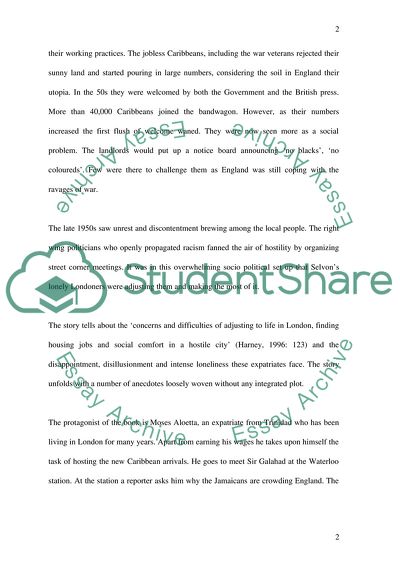Cite this document
(Theme of Racism in Samuel Selvons The Lonely Londoners Book Report/Review - 2, n.d.)
Theme of Racism in Samuel Selvons The Lonely Londoners Book Report/Review - 2. https://studentshare.org/literature/1729597-english-literature
Theme of Racism in Samuel Selvons The Lonely Londoners Book Report/Review - 2. https://studentshare.org/literature/1729597-english-literature
(Theme of Racism in Samuel Selvons The Lonely Londoners Book Report/Review - 2)
Theme of Racism in Samuel Selvons The Lonely Londoners Book Report/Review - 2. https://studentshare.org/literature/1729597-english-literature.
Theme of Racism in Samuel Selvons The Lonely Londoners Book Report/Review - 2. https://studentshare.org/literature/1729597-english-literature.
“Theme of Racism in Samuel Selvons The Lonely Londoners Book Report/Review - 2”. https://studentshare.org/literature/1729597-english-literature.


